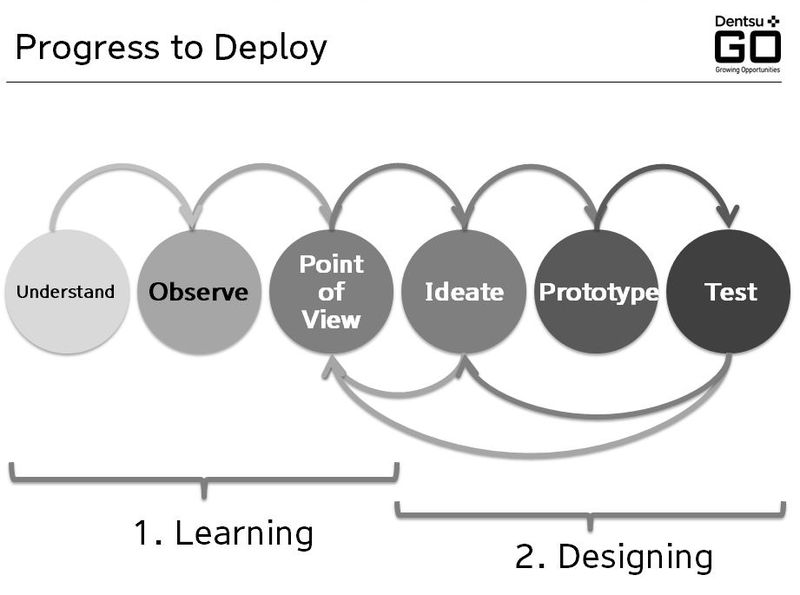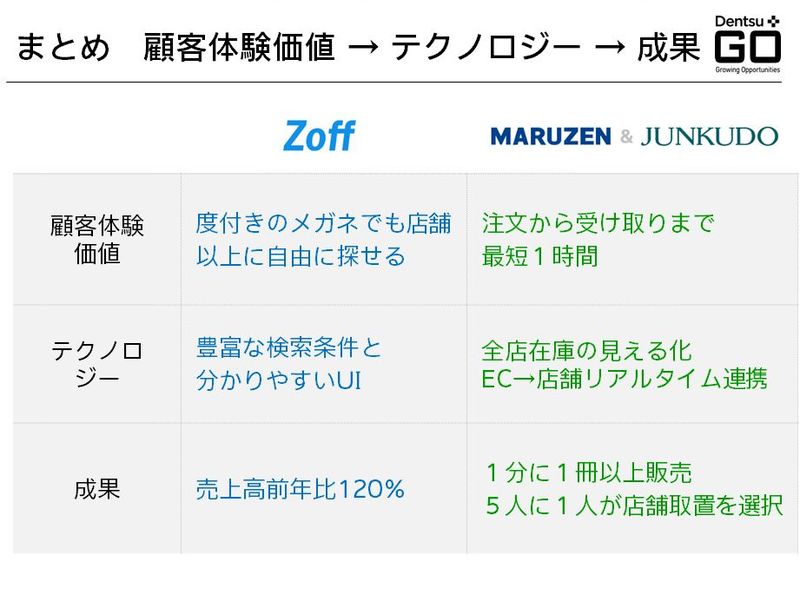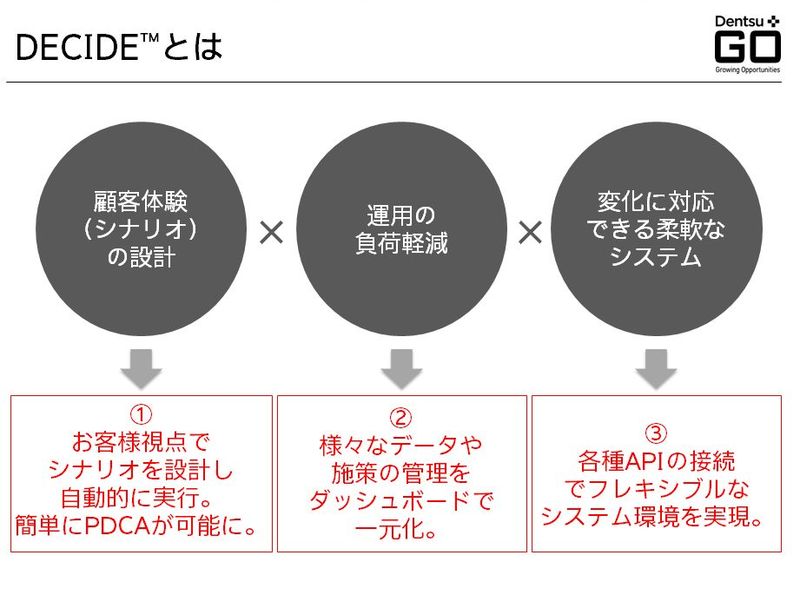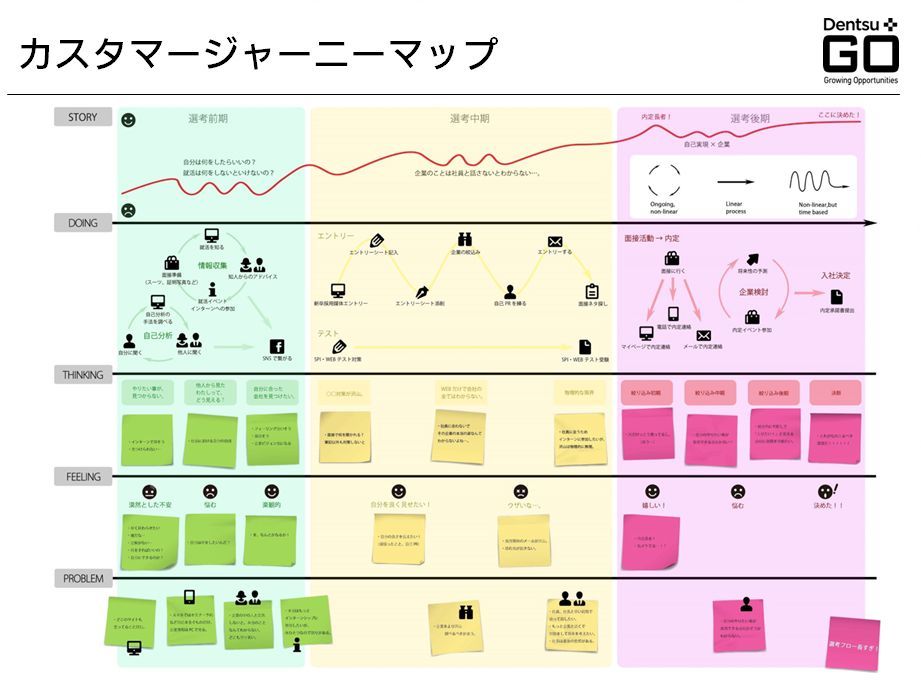To achieve success in e-commerce (EC), it is crucial to map the customer's purchasing behavior process using a customer journey map and design experiential value.
Customer Journey Maps and Experience Value Creation: Insights from Case Studies
This time, we spoke with Mr. Matsui of Loftwork Inc. and Mr. Takeshita of S-Cubism Technology Inc. about their respective approaches and key points regarding how to utilize customer journey maps and create experiential value.
"Customer Experience Design"
Mr. So Matsui, Producer, Loftwork Inc.
For example, at our company-operated digital maker cafe "FabCafe Tokyo," we design the customer experience with the goal of enhancing customer loyalty through a comprehensive experience encompassing cafe use, workshop participation, and utilization of FAB machines (digital fabrication tools like 3D printers and laser cutters).
When designing customer experience for projects, we create customer journey maps. We map out the contact points, actions, and emotions of the target customer from their first encounter with the location, space, or product until purchase, in chronological order. We then diagram and visualize, step by step, what measures can be implemented along the way to achieve the goal. (The figure below visualizes the actions and emotions of job-seeking students on a company's recruitment site using a customer journey map)
Specifically, we track the customer's emotional journey toward purchase chronologically. We plot various initiatives—web and offline channels, email newsletters, social media, TV interviews, etc.—and thoroughly identify what actions should be taken at each touchpoint, what the customer's emotional state is, and what unmet needs exist regarding their emotions. This process involves discussion among all project staff and management.
When designing customer experience, including the customer journey map, there are six key steps: ① Understand the customer, ② Observe the customer, ③ Define the Point of View (what to focus on), ④ Ideate (brainstorm and plan), ⑤ Prototype (test small-scale experiments), and ⑥ Test (validate and gather feedback). These steps are repeated multiple times, with continuous improvements made before full implementation. The key point is that a customer journey map is never truly complete; it should be continuously improved based on evolving circumstances.

When implementing actual initiatives, it is necessary to create a blueprint (service blueprint). This requires comprehensive, time-intensive consideration, encompassing not only the e-commerce site and stores managing the customer experience but also all other contact points. As technology evolves, various tools become available for PDCA cycles on contact points and access analytics. Within this landscape, our key task is determining how much time to dedicate to planning the customer experience.
"Technology Enhancing Customer Experience at Zoff and Maruzen & Junkudo"
Mr. Masanori Takeshita, President and CEO, S-Cubism Technology Inc.
This introduces the use of technology to enhance customer experience value. While O2O and omnichannel (integration of sales and distribution channels) are frequently discussed topics in recent years, effective implementation solutions remain elusive, and we are still pursuing them. Examples of tablet use are increasing, not just online but also offline. The key point is providing a seamless experience from in-store customer service and payment to delivery.
Regarding the design and construction of e-commerce sites, there are two major perspectives. One is the meaning of a store-centric retailer having an e-commerce site, and the other is the selection of technology to enhance customer experience value. For example, the eyewear retailer "Zoff" aimed to replicate the purchasing behavior of its physical stores on its e-commerce site. They enabled customers who hadn't decided on specific glasses to find their preferred frames from the same perspective as selecting glasses in-store. They then built an e-commerce site where customers could purchase prescription glasses. Maruzen & Junkudo launched an e-commerce site emphasizing guaranteed same-day delivery, leveraging a perspective unique to a company with physical bookstores, to compete against dedicated e-commerce sites like Amazon and Rakuten Books. Both examples show retailers with physical stores designing e-commerce sites that create customer experience value from their unique perspective, utilizing technology to achieve this and generate concrete results.

Moving forward, we enter the phase of accumulating data on the e-commerce site and conducting analysis to achieve more efficient marketing. The launch of an e-commerce site marks the beginning of marketing. It becomes crucial to improve the experiential value based on the data obtained.
The first step is creating customer journey maps and defining experiential value and an ideal future vision.
As Mr. Matsui from Loftwork explained, implementing customer experience enhancement strategies using customer journey maps requires internal brainstorming sessions to generate ideas, which demands considerable time.
Meanwhile, as discussed with Mr. Takeshita of S-Cubism Technology, operating an e-commerce site also demands considerable effort. This includes extracting and analyzing diverse data, implementing strategies based on that analysis, and feeding back the results. To streamline these tasks, Dentsu Inc. and S-Cubism Technology developed "DECIDE," an e-commerce platform that helps discover winning scenarios. DECIDE is a tool that centrally manages e-commerce functions and data, enabling their deployment into strategies. It simplifies EC site operations and reduces workload. Its key features are: "Customer Experience (Scenario) Design," "Reduced Operational Burden," and "A Flexible System Adaptable to Change."

It allows scenario design from the customer perspective and flexible system environment construction via various APIs. It centrally manages execution results through data, enabling easy PDCA-based improvement. We believe utilizing such tools creates an environment where teams can focus on the fundamentally important task of mapping the customer journey.
We believe that creating a unique, long-term customer-supported e-commerce site involves three key steps: first, mapping the customer journey and defining experiential value and an ideal future vision; second, using technology to systematize and streamline these processes; and third, continuously improving experiential value based on the data obtained.
Hajime Matsui
Loftwork Inc. / Producer
Born in 1982. Graduated from Chiba University's Faculty of Engineering. After working at a portal site operator, joined Loftwork in 2012. In the Marketing Department, he produces corporate website development planning, architectural spaces, community planning, and new product/service launches for companies—handling everything from concept development to communication strategy.
Masanori Takeshita
SQBism Technology Co., Ltd. / Representative Director
Joined Future Architect in 2002 and joined S-Cubism in 2008. Involved in all aspects of the e-commerce site construction package EC-Orange, from marketing and sales to product development and delivery to clients. Appointed Representative Director of S-Cubism Technology upon transition to a holding company structure in 2014.







